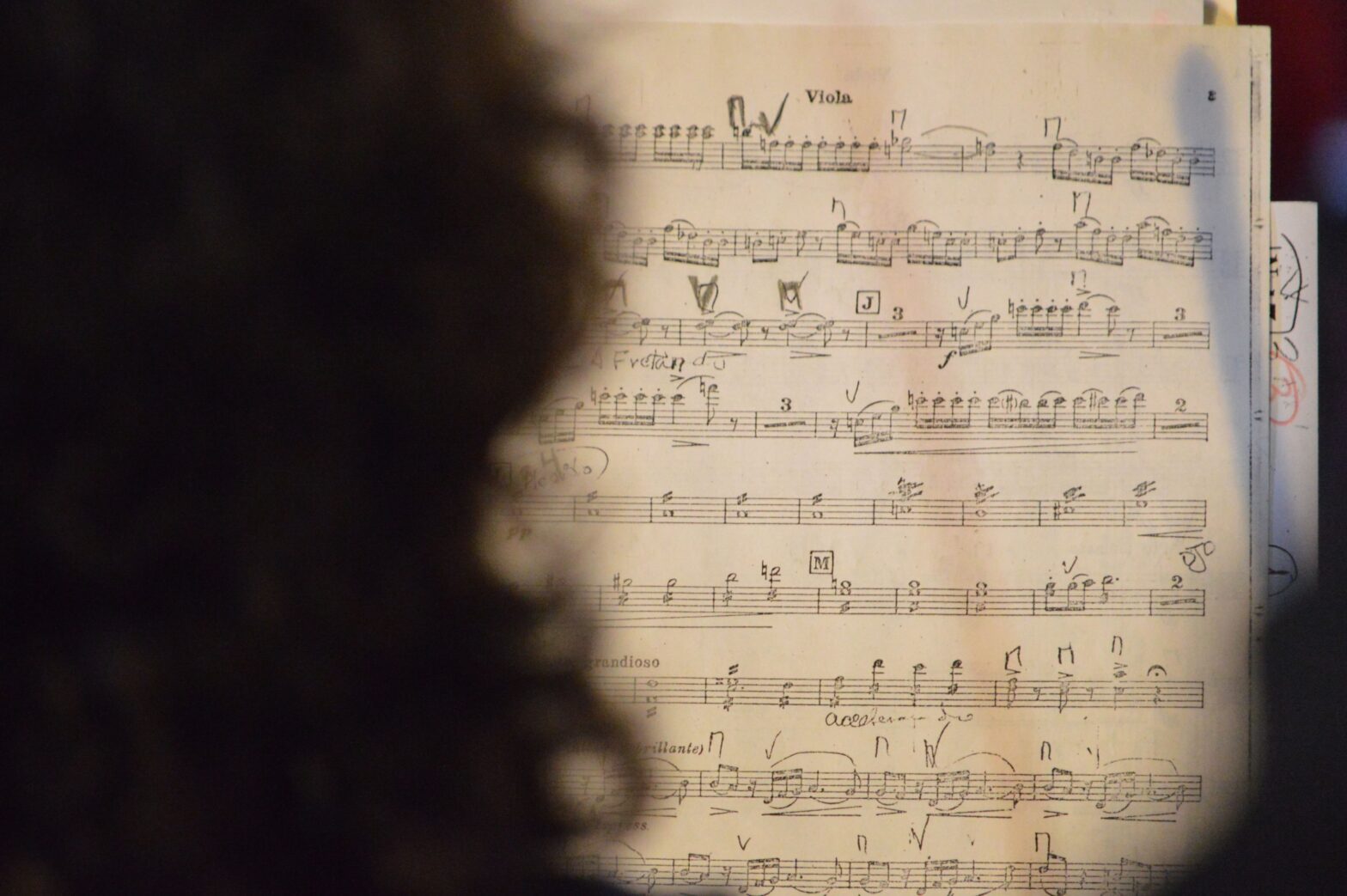Music, a universal language bridging cultures, holds not only artistic but also legal intricacies. Musical law, governing copyrights and licensing, wields substantial influence over the music industry’s fairness, artist compensation, and creative freedom. In this blog, we unravel the core tenets of musical law, shedding light on its significance and key components.
1. Copyright Protection for Musical Creations
Central to musical law is copyright protection. Musical compositions, akin to other artworks, gain immediate copyright protection once tangibly created. This shield empowers creators with exclusive rights to reproduce, distribute, perform, and modify their original works.
2. Performance Rights and Royalties
Public musical performances trigger performance rights, applied via Performance Rights Organizations (PROs) like ASCAP, BMI, and SESAC. These entities collect royalties on behalf of songwriters and publishers, ensuring equitable payment when compositions go public.
3. Mechanical Licences
Mechanical licences are pivotal today, given digital streaming and physical media. They grant consent to reproduce and distribute musical compositions in recorded formats, be it CDs, vinyl, or digital platforms. This is key for legal cover versions and remixes.
4. Sync Licences
Ever marvelled at the perfect song for a movie scene? Sync licences synchronise music with visual media—movies, TV, ads, and video games. Negotiating terms between music rights owners and media producers ensures both parties are fairly compensated.
5. Sampling and the Fair Use Doctrine
Sampling, embedding snippets of existing recordings, fuels creativity but sparks copyright debates. The Fair Use doctrine permits limited use without consent. However, lines between fair use and infringement blur, shaping musical law’s boundaries.
6. Digital Millennium Copyright Act (DMCA)
In today’s digital world, safeguarding content is critical. The DMCA guards digital content, including music, and deals with online copyright violations. It empowers rights holders to issue takedown notices against unauthorised use.
In conclusion, musical law’s dynamic intricacies intertwine creativity with legality, safeguarding artists’ rights and fostering fair compensation. As technology propels the music industry, a grasp of these basics is pivotal for artists, fans, and industry players. Unveiling the nuances of musical law enriches our appreciation for the melodies punctuating life’s moments. Whether you’re an aspiring artist or a dedicated listener, understanding musical law amplifies the harmony of our musical journey.

